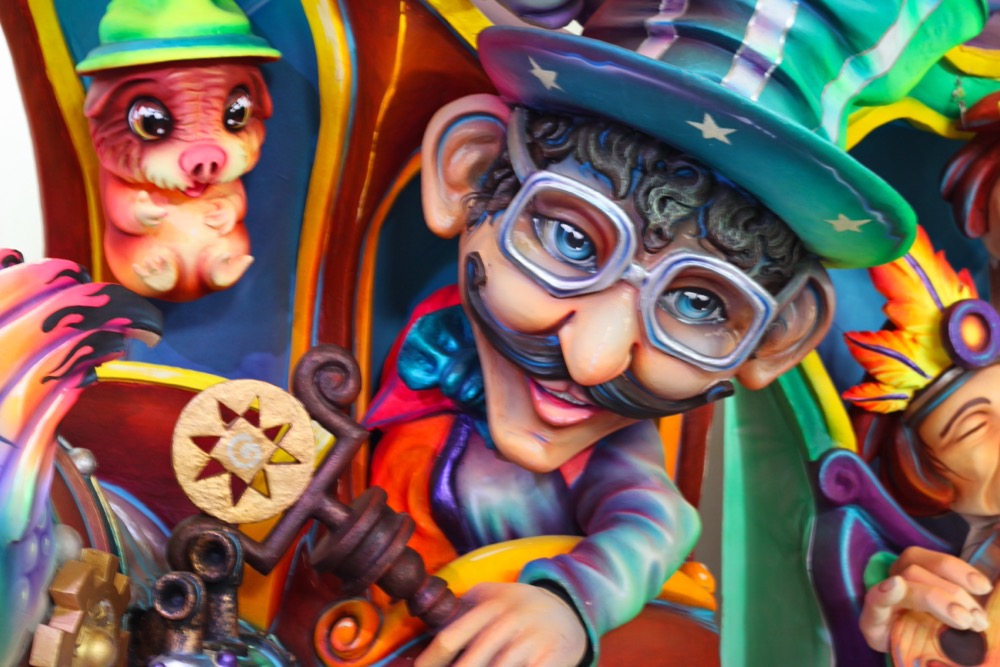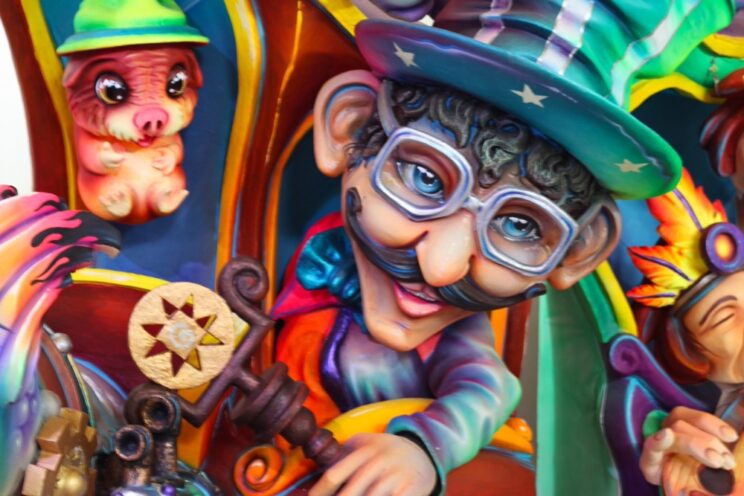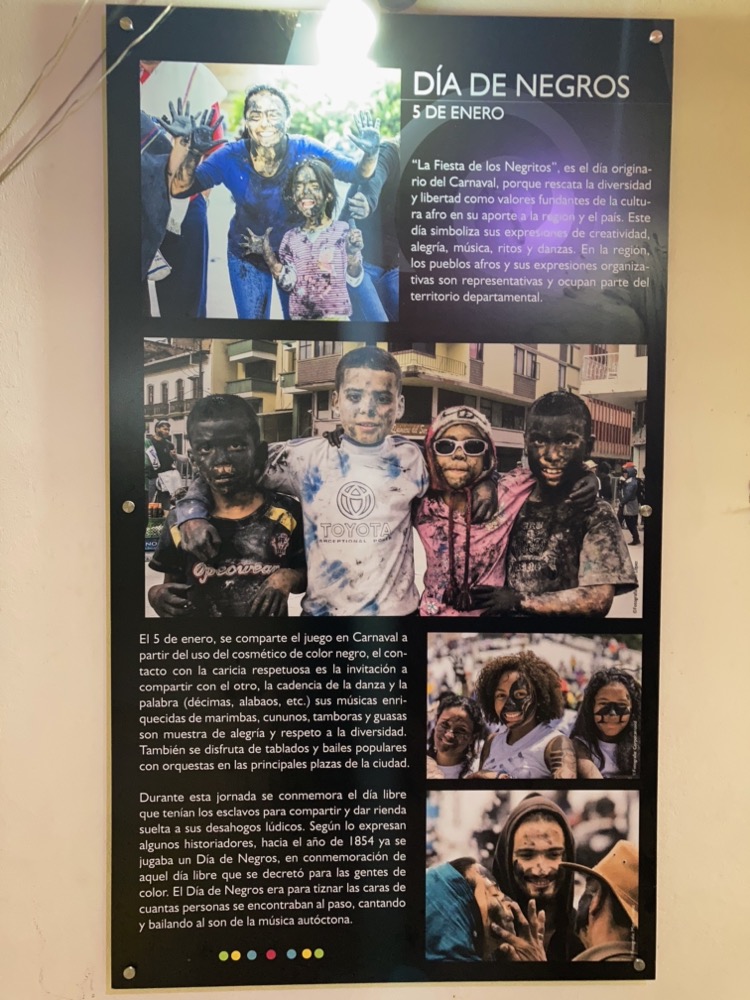Negros y Blancos, Carnival in Pasto
[this post is also available in Polish 🇵🇱]
Colombia 🇨🇴: Finally New Year! It’s time to party! ¡Qué vivan los Negros! ¡Qué vivan los Blancos!
You can hear them scream, colourful crowd dancing on the streets of Pasto. This is the biggest event of the year here as this city of almost 400 thousand citizens most of the year doesn’t exist on the touristic maps of Colombia. Normally, we don’t follow Trip advisor’s TOP10, so we went there for totally different reasons, not to mention… few weeks too early. But we’ve done our onsite research and learned some interesting facts about Carnival Negros y Blancos. We definitely consider coming back, just for that party!
Pasto
Pasto is a very strange city. Like I said, quite a big one. Nothing you would expect arriving by plane at the airport, which is high in the mountains, with the runway that just pops up from the clouds. We arrived there on Sunday. Driving in, we were surprised by the size and… by the emptiness! Literally no soul on the streets. The next day, walking the super crowded streets, we discovered also the carnival. Traces were everywhere, including the enormous Carnival Square, built just for this event, sculptures, and finally – the Museum of Carnival, where we saw new and old giant floats.
Dia de los Negros
This carnival, like many in those parts of the world, has roots in dark ages of the slavery. I was not aware, but Spaniards brought over a million Africans here to Colombia. They did it, because they couldn’t force indigenous people to work for them, mostly because they couldn’t catch them in difficult terrain.
Same as everywhere, if you enslave people, they fight back. Colombia was no different. Beginning of XVII century, the slave rebellion in the northern parts of Colombia scared the shit out of the whities in the south, and they, acting as good Masters, acknowledged one day in the year for slaves to be free. ONE! For one day they could do whatever they wanted and they were untouchable. First day ended with act of painting black all walls of the famous White Town of Popayan! That day of freedom was the 5th of January. It survived multiple governmental attempts to suppress it all through the years, and now it is called Dia de los Negros.
Dia de los Blancos
Dia de los Blancos has a funnier beginning. It is dated 1912 and started as a joke. Early morning of the Epiphany day (6th of January), in one of the exclusive brothels in Pasto, one of the prominent clients, hearing the crowd returning from the Dia de los Negros party, started to dance and chant, twisting the slogan from “Vivan los Negros” to “Vivan los Blanquitos” (Whiteys), simultaneously spreading the perfumed white facial powder, that he took from his very-exclusive courtesan, onto other prominent clients of that brothel. In no time, the party went outside. Everybody got a white powder on a face, even those participating in the morning mass! This tradition continues to this day. 6th of January became a day of the biggest parade, and in Pasto… nobody cares about Epiphany Day anymore – It’s Dia de los Blancos!
What’s the most important about Negros y Blancos is that it symbolises the intercultural tolerance in the region. Carnival is on the Colombian Cultural Heritage of the Nation list, and since 2009, also been on UNESCO’s Intangible Cultural Heritage list. It attracts thousands of party people from all over the world, and they go wild! Fun fact – the rest of the year, Pasto is the religious capital of Colombia, with impressive temples every two steps. Yes, this is Colombia – super catholic, but with a soul in the Jaguar’s tooth.









